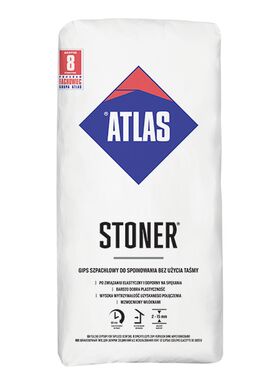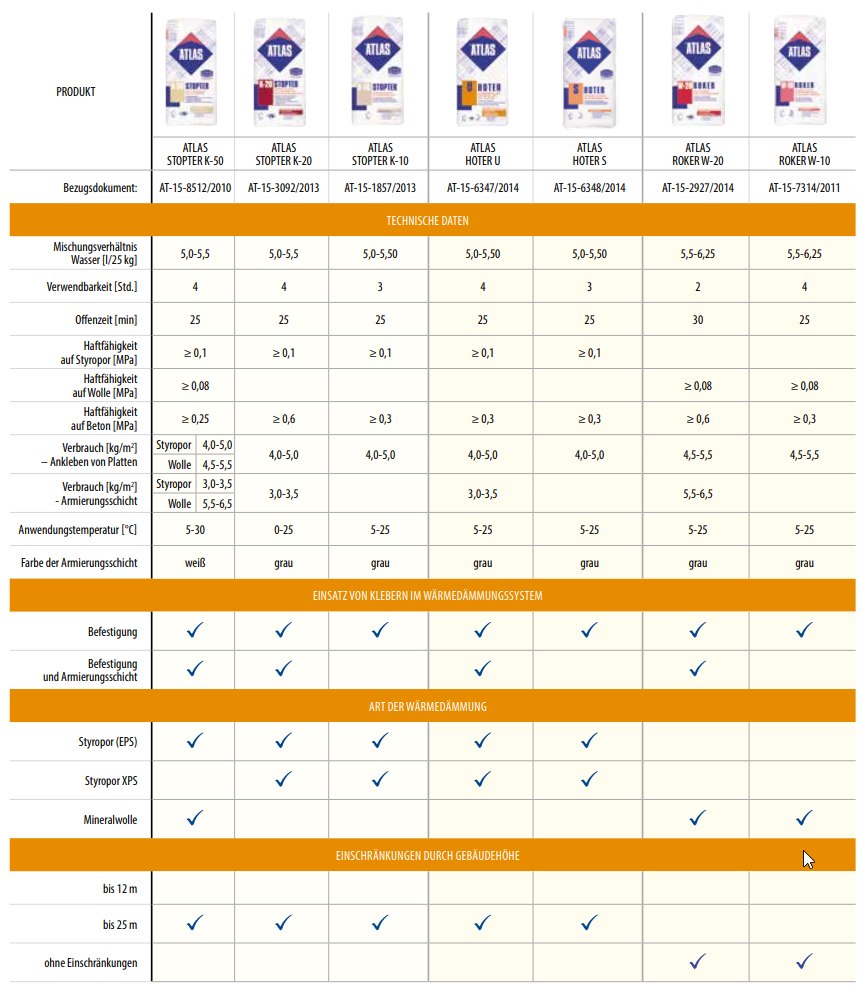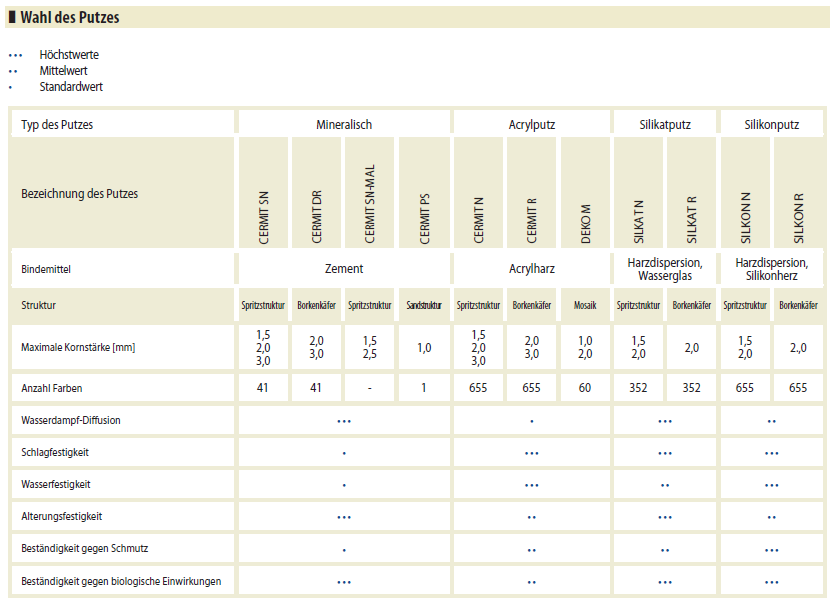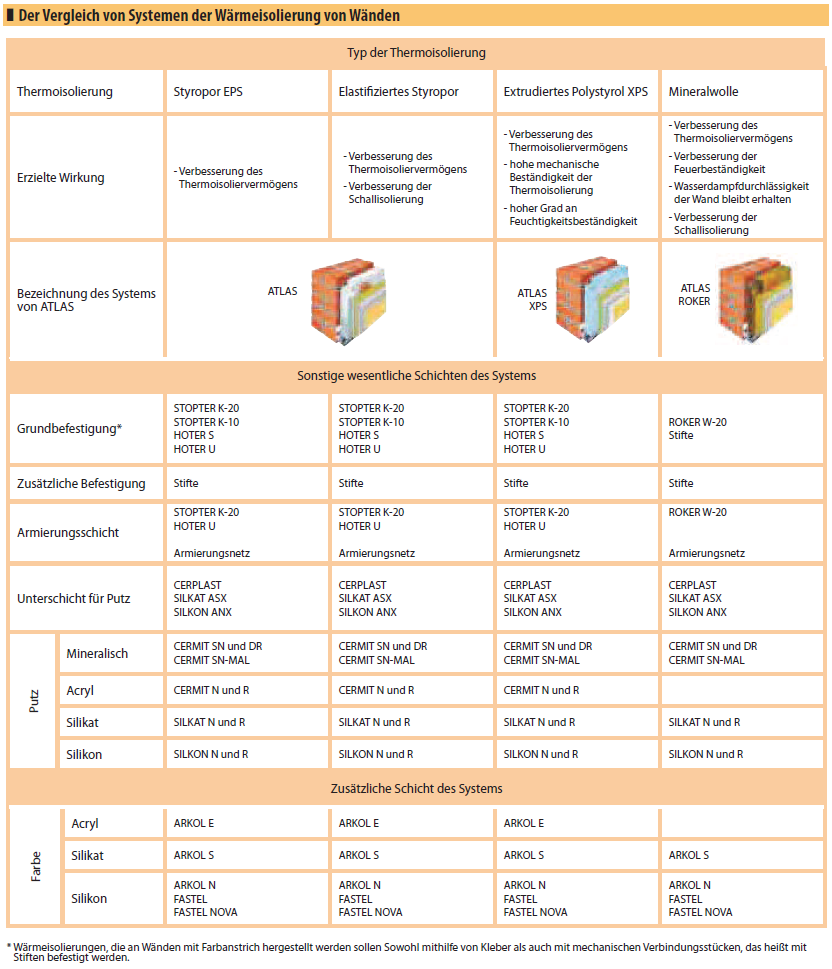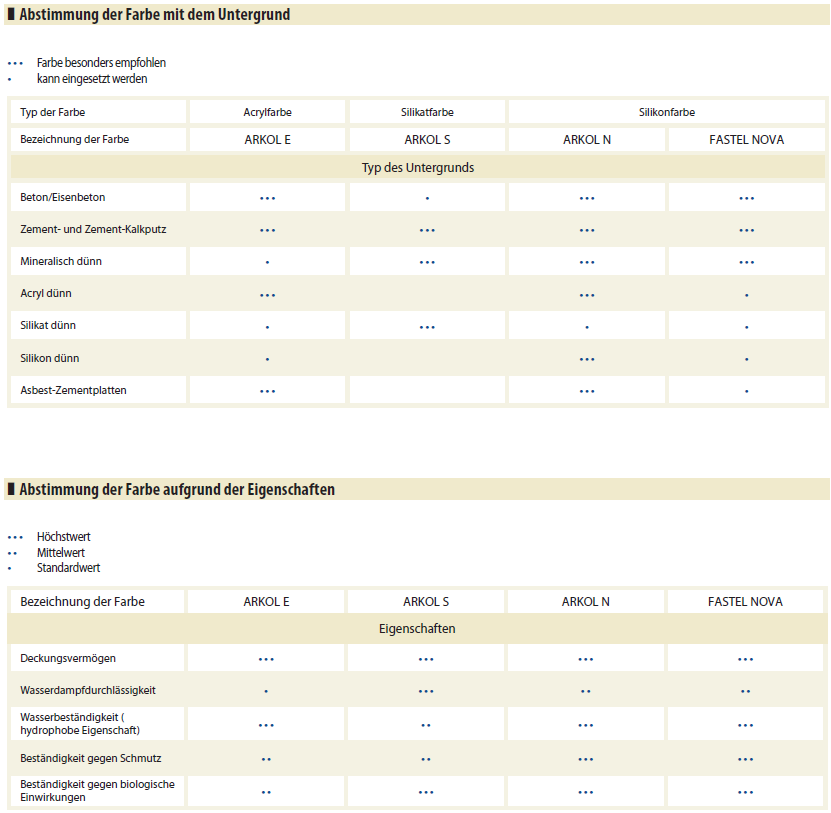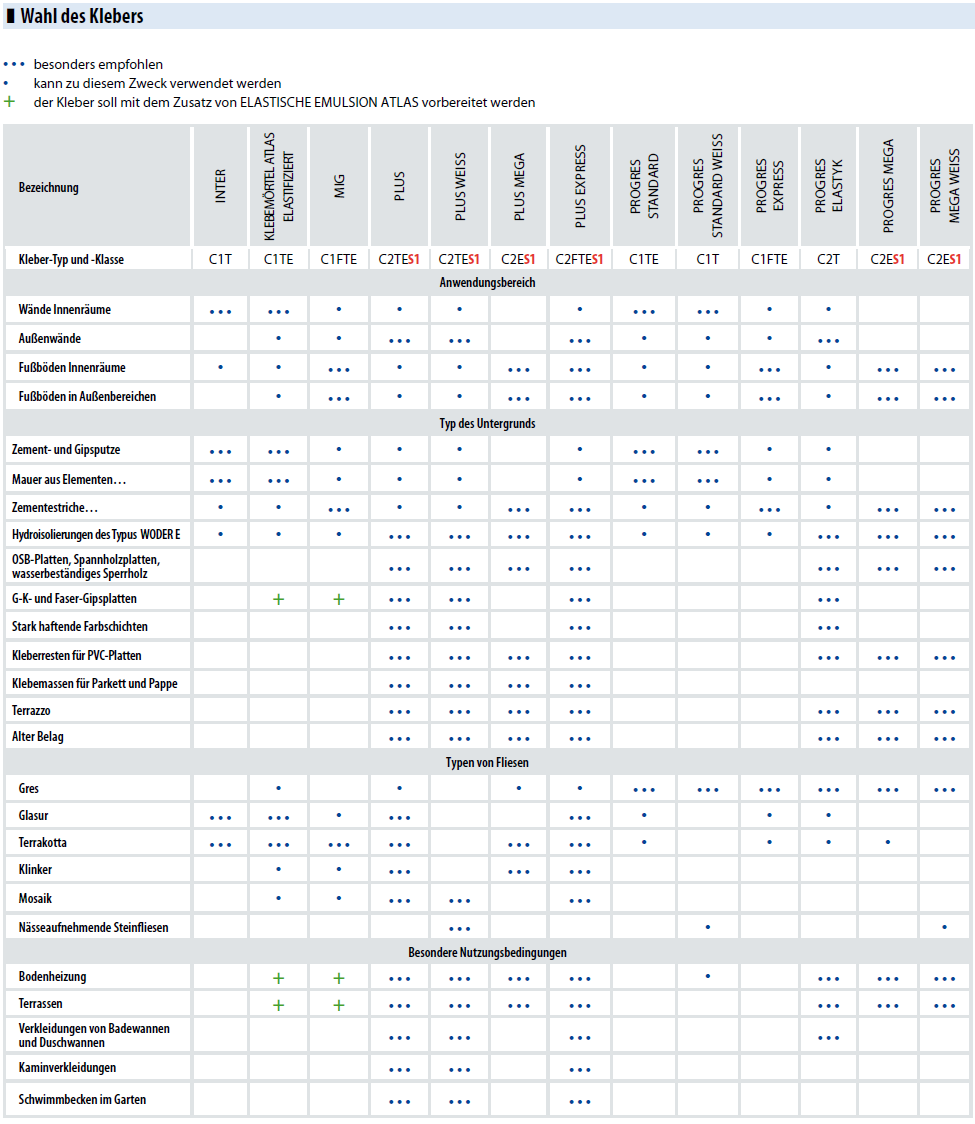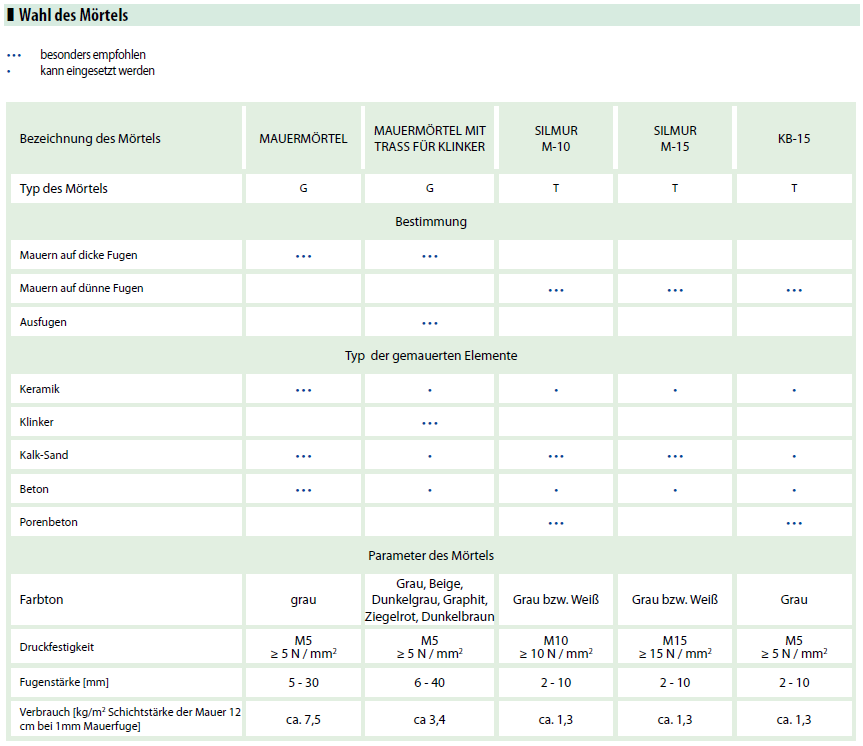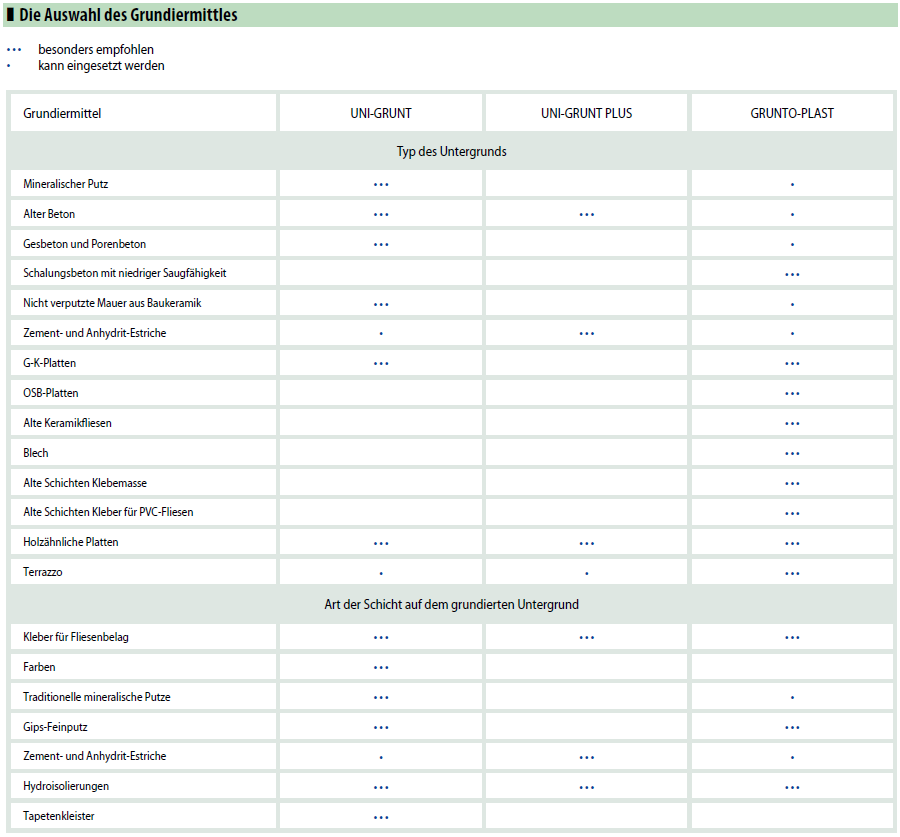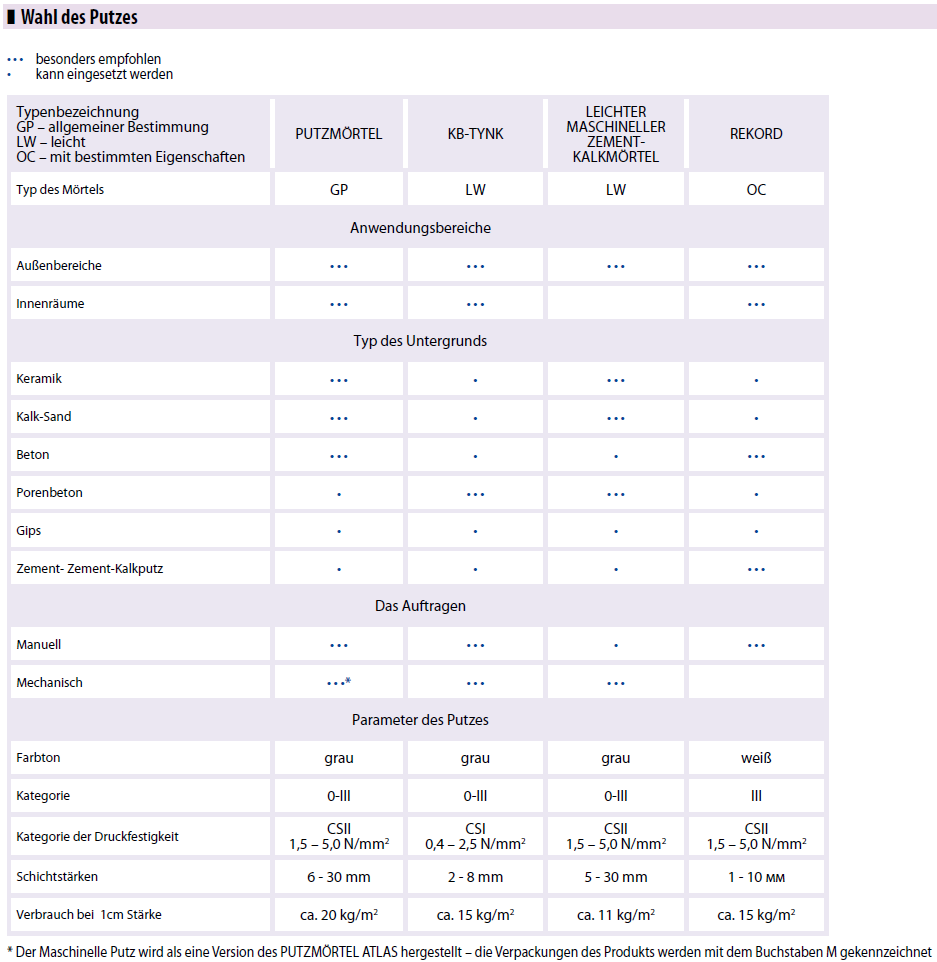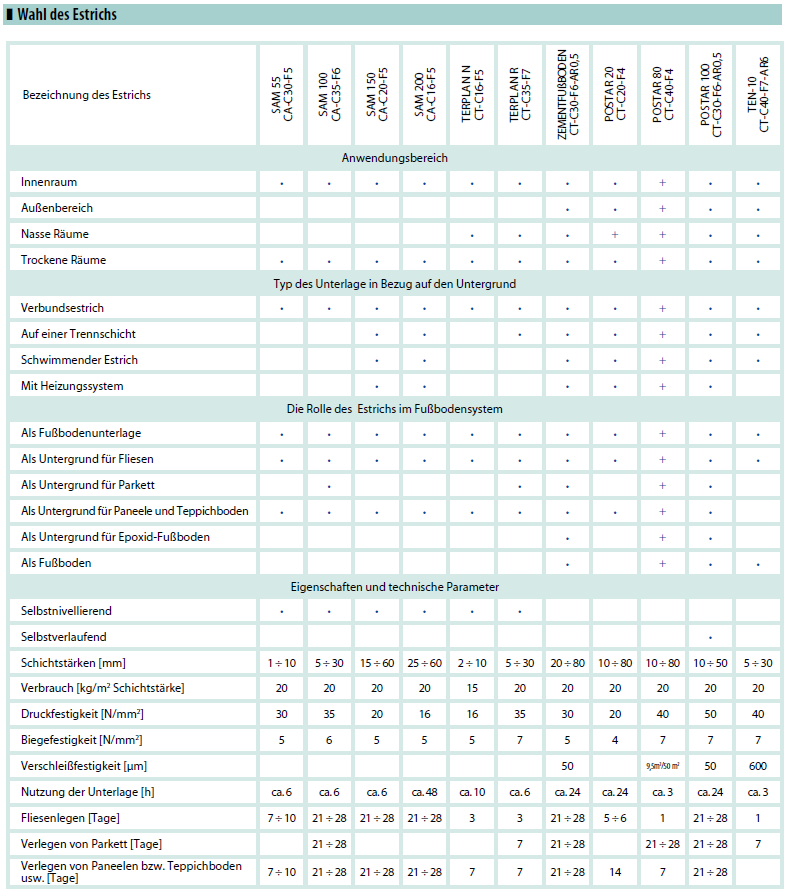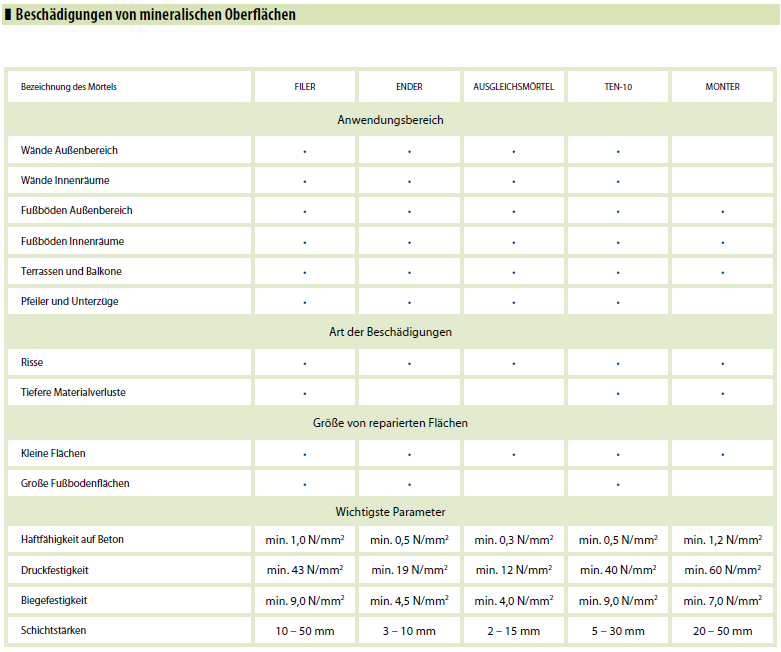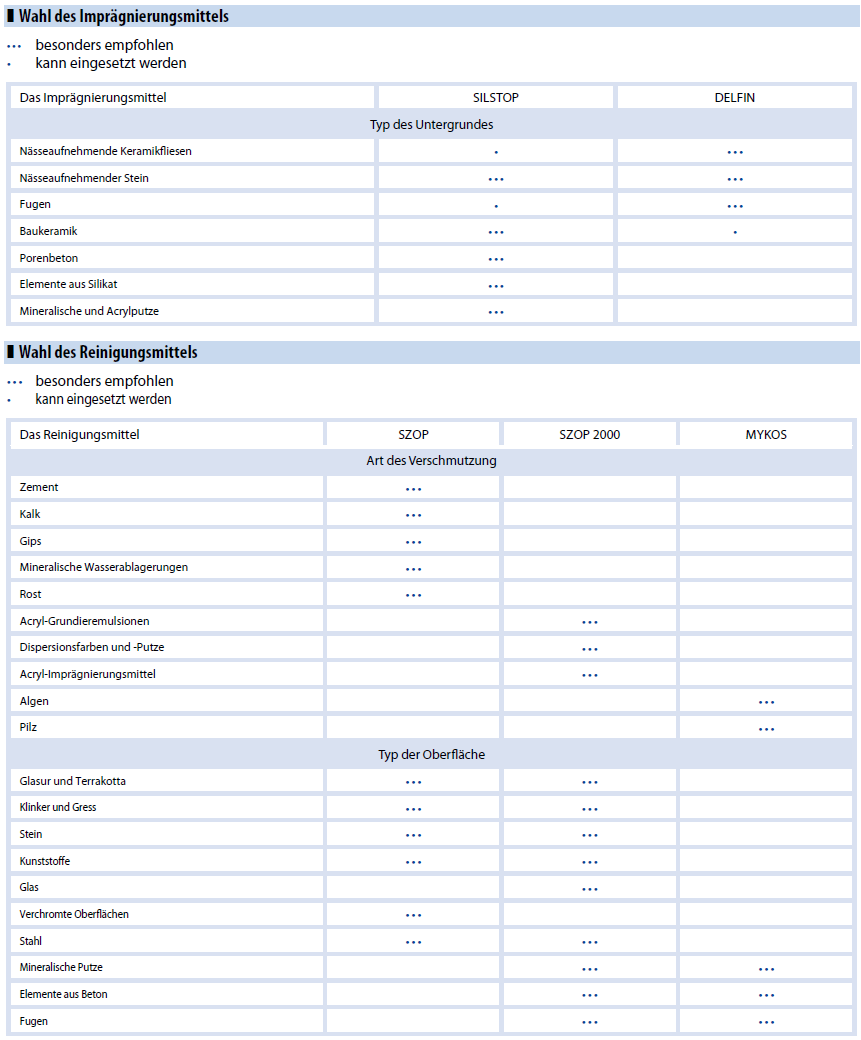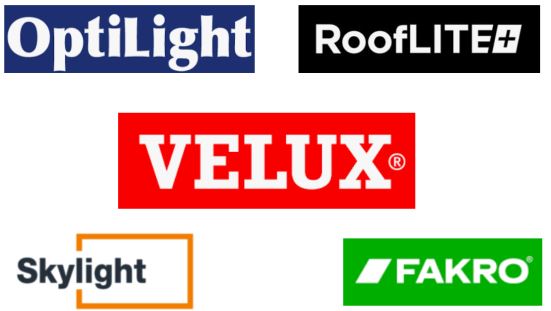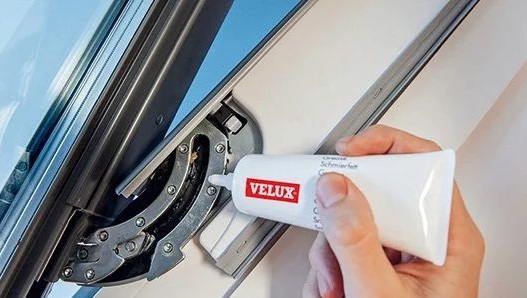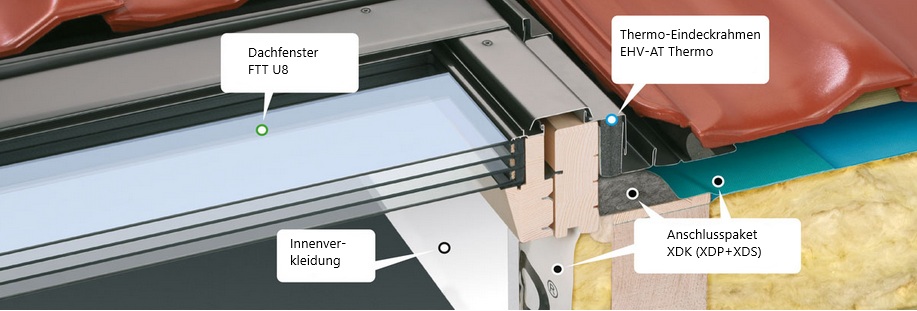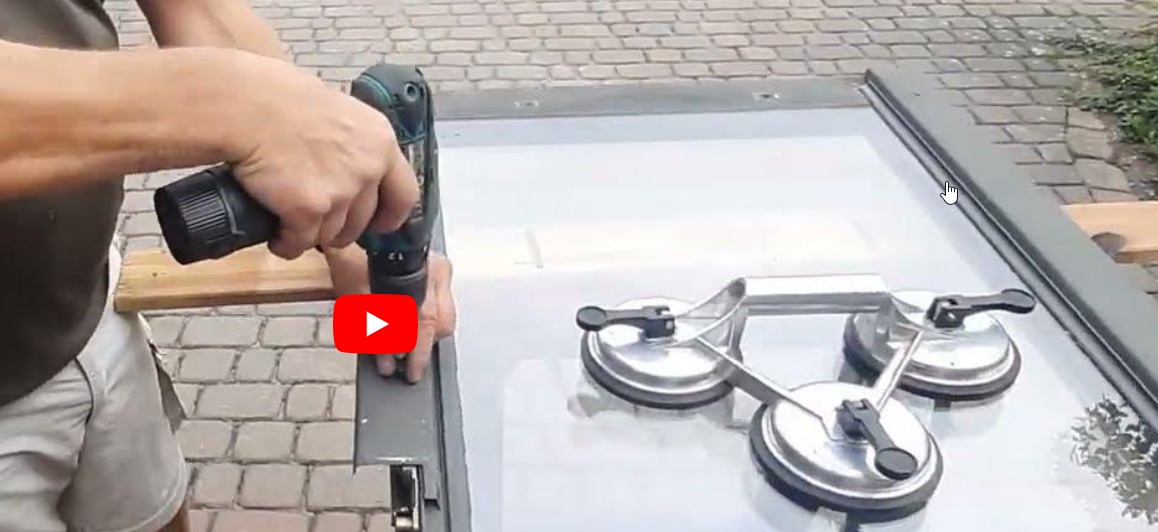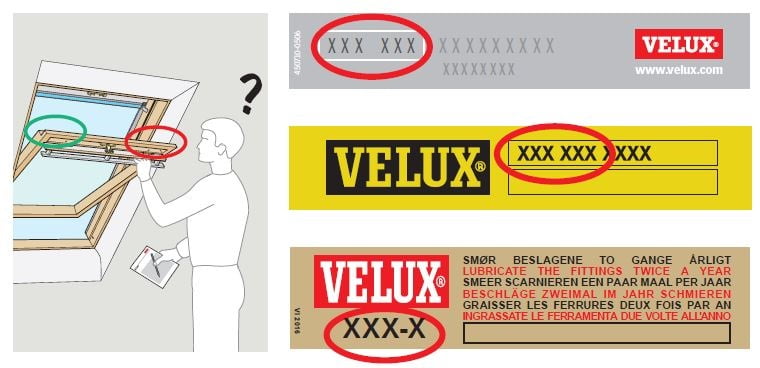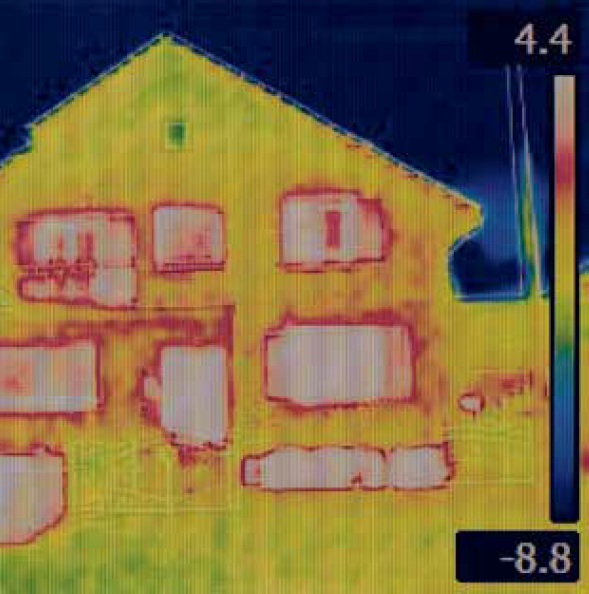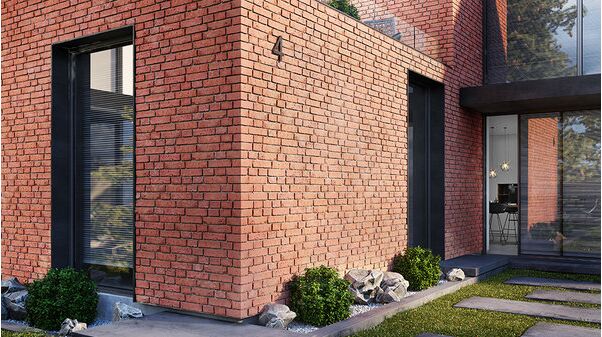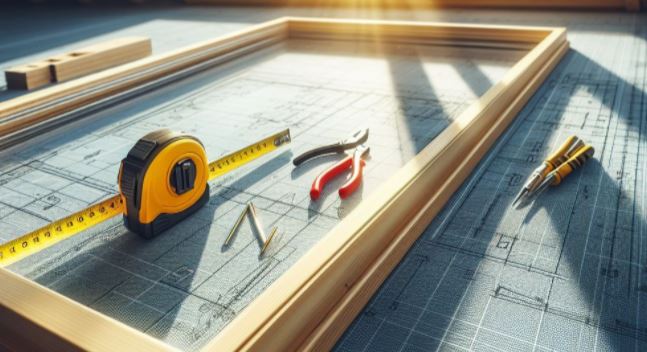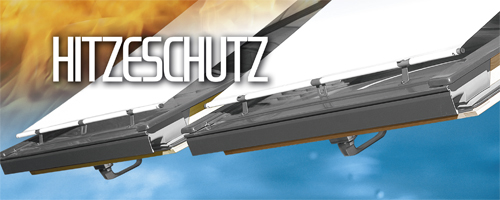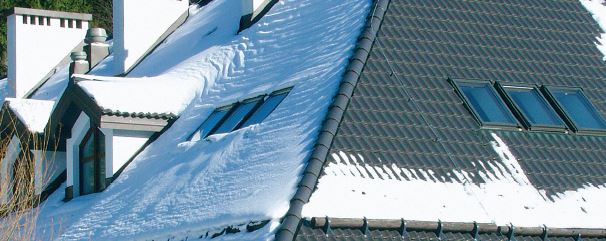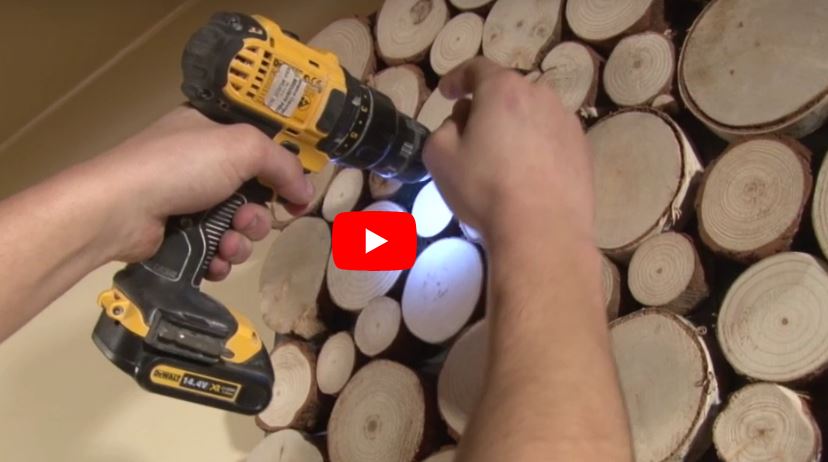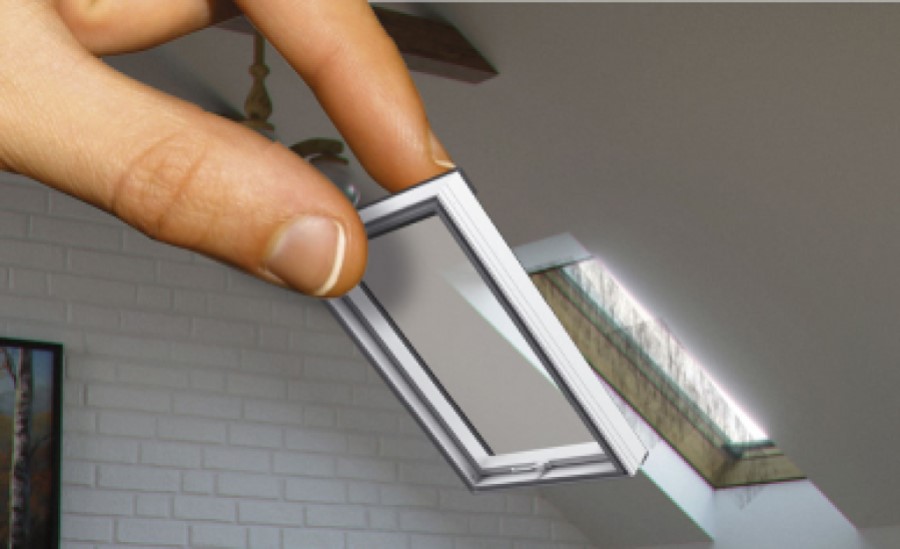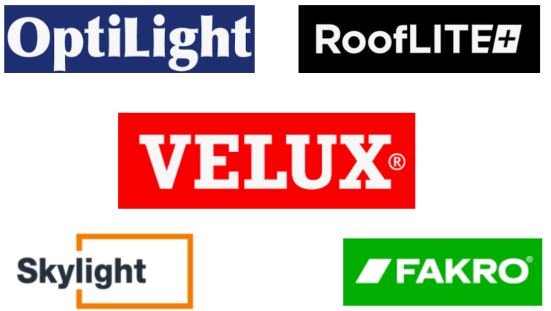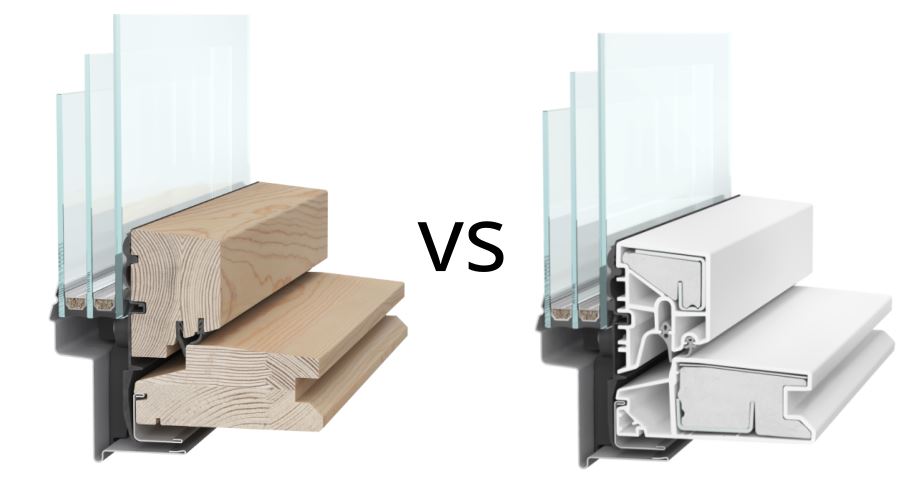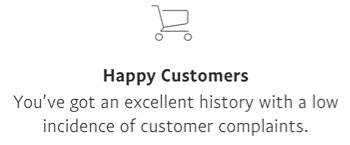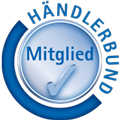Atlas Gips Stoner - Rowel-applied gypsum for tapeless jointing of plasterboards without the need to use additional reinforcing tape or non-woven fabric for boards with factory-made edges. For boards cut to size on the site, installed in one layer or in places where they may be subjected to high stress conditions (e.g. attic conversion). For wall and ceiling surface repairs – recommended for gypsum-based substrates, for spot repair of gypsum plaster, finish coats or plasterboard. It is manufactured as a dry mix of alpha gypsum, mineral fillers and modifiers. For interior use only.
- tapeless jointing of plasterboard
- flexible and crack-resistant
- very good plasticity
- high joint strength
- 15 mm maximum coat thickness
Main parameters
- jointing the plasterboards without tape
- layer thickness: 2 - 15 mm
- consumption: ca. 0.50 kg for 1 m of plasterboard joint
Substrate types
: plasterboards with factory-made edges or on-site cut plasterboards, gypsum plaster and finish coats.
Properties
-
Flexible – the dry mix contains special modifying polymers and a carefully adjusted addition of cellulose fibres. The fibres reinforce and condense the structure of hardened gypsum, increasing its crack resistance.
-
Plastic – easy and convenient to apply, both in the case of plasterboard jointing and during the final smoothing and finishing of the surface.
-
Increased strength – provides a durable, strong and flexible joint between plasterboards edges
-
Low shrinkage during setting – the absence of additional internal stress in the gypsum coat guarantees a high stability of the resulting joint (without the effect of „pulling-in” the applied compound).
Plasterboard jointing
Substrate preparation. Plasterboards should be:
-
stable and sufficiently rigidly fastened to the substrate or framing. It is recommended to carry out plasterboard jointing after all works involving wet materials have been completed in the rooms, i.e. at constant ambient humidity and temperature,
-
fastened so that a ca. 2 mm gap is left between adjoining boards,
-
the expansion joint between the plasterboards and construction elements of the building should be executed as a control joint
Requirements for plasterboard edges:
-
on-site cut edges should be bevelled using a knife or plane at a 20-25° angle to ca. 2/3 of board thickness,
-
cleaned of dust and other materials that might affect adhesion,
-
excessively absorbent substrate should be primed with ATLAS GIPS GRUNTO-PRIM.
Note:
Priming is essential before jointing of plasterboards with on-site bevelled edges. All steel elements which might come into contact with gypsum should be provided with corrosion protection
Material consumption
The average consumption is ca. 0.50 kg for 1 m of plasterboard joint. The consumption depends on the plasterboard thickness and the method of board edge finishing.
Packaging
Paper bags of 5 kg.
- Atlas sp. z o.o. | Jana Kilińskiego 2 | Łódź 91-421 | Poland | [email protected]
No posts found


